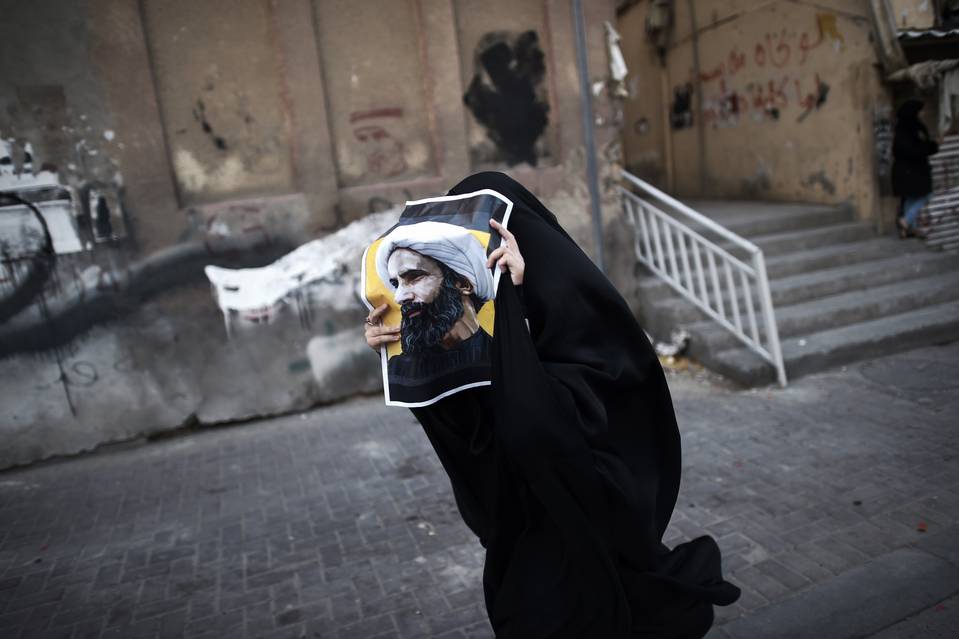(AhlulBayt News Agency) - Saudi Arabia is one of the important countries of the region that has a various society. Although the Sunni Muslims account for a majority of the Saudi Arabian population, the Shiite Muslims, Ismaili Muslims, and the Sufists are the major minorities of the country. The figures on the number and the proportion of the non-Sunni population of the kingdom vary from 7 to 25 percent. But what can be certainly expressed is that the Shiite population in this Arab country takes a considerable percentage of the total population, and despite an abundance of observable threats, they remain citizens of the country and a majority in a noticeable number of the regions.
The Wahhabism that founded the Kingdom of Saudi Arabia by unifying the two tribes of Al Saud and Al ash-Sheikh today is the official religion of the kingdom and largely directs the religious politics of Saudi Arabia, though in the past few decades there grew tendencies among the ruling regime that worked on weakening the Wahhabist clerics.
So, although the relations between the clergy and the government for a long time have been leading factor that shaped the policies of the government, they were subjected to changes over time. Following changes in the ties of two sides, the Wahhabism lost its place as a decisive and main factor determining the government’s policies. Now it is one of the followers of the power in the hands of the government. In this status, the government majorly takes instrumental advantages of the Wahhabism.
Focusing on the conditions of the religious minorities in Saudi Arabia demands from us an accurate and close look at the view of the Wahhabist institutions and the directions they give the government for its dealing with the religious minorities.
Despite the fact that the relations of the government and the Wahhabism saw a serious transformation, the government in many cases and in making many policies still considers the opinions of the religious system of the country. In other words, although in comparison between the clergy and the government the latter has a clear upper hand in terms of power, the favorable fatwas of Wahhabism could give the government the much-needed legitimacy and positive image among the public. Moreover, because the religious establishment is still key to directing the public opinion in Saudi Arabia, the government needs to meet at least the minimum demands of the clergy to steer clear of rise of opposing voices inside or outside this religious establishment.
Accordingly, the type of view of the government in the kingdom to the Shiite Muslims is fully influenced by the way the Wahhabist clerics look at the Shiites, as well as the form of relations between Saudi Arabia and Iran.
The fatwas by Wahhabist clerics excommunicating the Shiites are the main factors keeping the regime from allowing the Shiites' integration into the country’s political and social structure.
Additionally, when the Saudi Arabian relations with Iran saw a boost, the Saudi regime tried to avoid taking any actions against them and took them less as a security threat. But whenever the Riyadh-Tehran's ties witnessed an escalation, this brought forth indirect effects on the security approach of the Saudi regime to the Shiites, mostly repressing any demands by this minority.
Even more, the ruling regime of Saudi Arabia has always abused the presence of the Shiites and the threats the Wahhabism felt from this presence to support its discourse in front of Iran and traitorize its Shiite citizens who come against its policies.
These conditions went even more intensified with start of the Arab uprisings since 2011. In fact, Riyadh took measures to keep these developments away from its borders. Mobilization of the Sunni Saudi community against any moves by the Shiite reformists and promoting nationwide the propaganda that considered the Shiites as traitors to isolate them made the developments limited to only Eastern Province, where there is a Shiite majority. But, the Arab revolutions especially in the neighboring Bahrain and Yemen prepared an appropriate ground for the Shiites in Saudi Arabia to express themselves through protests. They were faced by toughest security repressions of Al Saud regime, however.
/129
source : Al Waqat
Monday
7 November 2016
7:41:16 AM
790318

These conditions went even more intensified with start of the Arab uprisings since 2011. In fact, Riyadh took measures to keep these developments away from its borders. Mobilization of the Sunni Saudi community against any moves by the Shiite reformists and promoting nationwide the propaganda that considered the Shiites as traitors to isolate them made the developments limited to only Eastern Province, where there is a Shiite majority...
